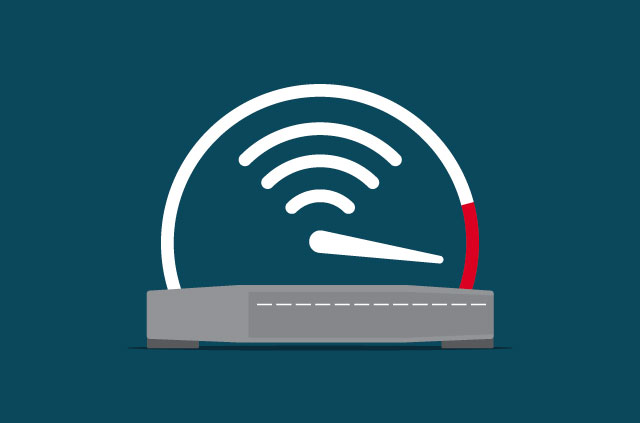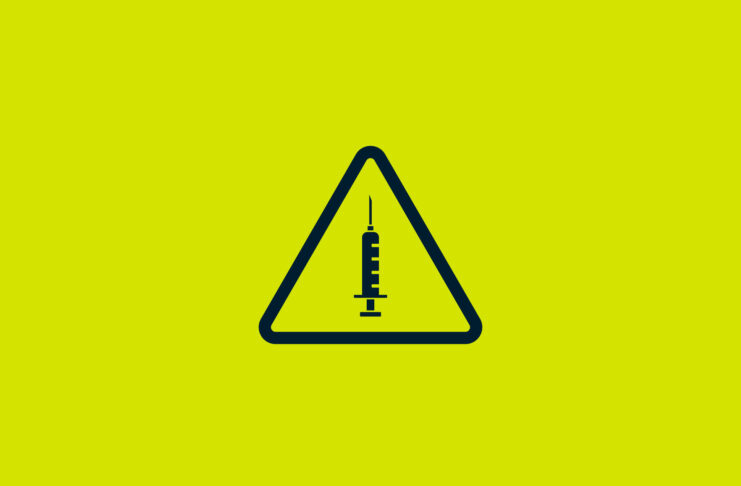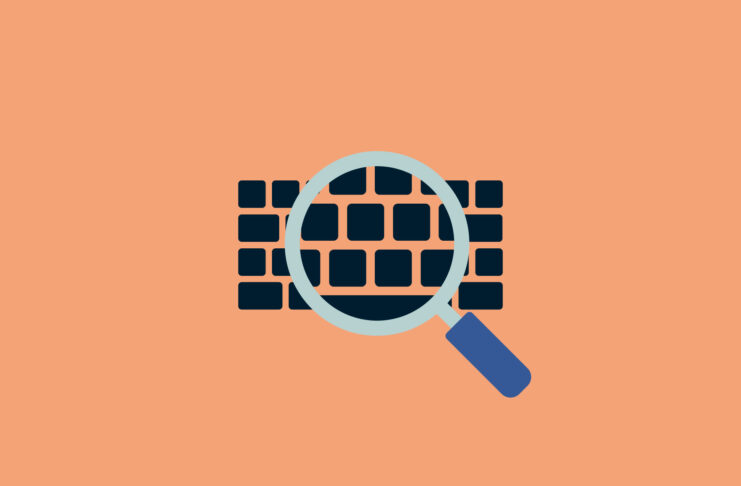It will not surprise anyone that internet usage has surged dramatically in the past few weeks, thanks to people isolating and working from home.
Streaming platforms have had to slow down their speeds to cope with the influx of demand, and some ISPs have pledged to lift data caps, waive fees, and delay contract terminations for people who cannot pay their internet bills.
If you’re stuck at home and experiencing painfully slow internet speeds, here are a few quick tricks you can try to give your Wi-Fi a boost.
[Pick up more tips on the ExpressVPN blog newsletter.]
1. Check where your router is
The best place to put your router is in a central open location so it can reach every corner in your house without obstructions. Placing it somewhere like a cupboard or in the corner of your room will hamper your internet strength significantly.
It might not be practical to just plop your router in the middle of your house, but if you can find an open space to put it and the cabling works in your favor then you should definitely move it (and then sit right next to it for best results).
2. Check for possible interference with your Wi-Fi connection
Wi-Fi routers transmit and receive data on a radio frequency, which means that its electromagnetic waves can clash with other devices on a similar frequency.
Avoid putting your router near anything big and metallic, like microwaves and refrigerators, and be wary of other wireless devices like keyboards and cctv cameras that can interfere with your Wi-Fi connection.
Refrain from putting your router near water too, although you’d need quite a lot more than a glass of water to obstruct it.
2. Kick out unwanted Wi-Fi guests and add a secure password
Your router’s account password should not be “password.” Or 12345678, for that matter. If you’re the Wi-Fi admin, you should set a secure password (use a password generator if stuck). That should force anyone who has been hogging your Wi-Fi to have to sign in again, if you should let them.
3. Prioritize what your bandwidth is used for
Sometimes it’s not a person taking up your bandwidth, but an app or a piece of software that just hogs all of your bandwidth, leaving you stuck loading a simple webpage for minutes on end.
You can fix this by prioritizing which applications you want to give more bandwidth to by going into your router’s Quality of Service settings.
To change your router’s Quality of Service settings, simply log into your router’s admin and locate and change the QoS settings as you see fit, and restart your router.
4. Upgrade to 5GHz
If you don’t have a router that supports 5GHz (not to be confused with 5G cellular service), we strongly recommend you getting one. 2.4GHz frequency band on a router is more sensitive to radio interference from your digital appliances, and 5GHz will provide you faster speeds.
5. Keep your software up-to-date
This may sound like a broken record to you, but updating your router, and any app or software for that matter, may help increase not just your speeds, but also improve your network security with software patches to new malware.
6. Connect via your Ethernet cable
Last, but certainly not least, physically connecting your device to the internet will inevitably provide you with faster speeds.
This might be difficult if you’ve got a few people sharing one router, but if you want the fastest internet possible, be it for gaming or streaming, connecting your laptop to your router with an ethernet cable will give you a stronger, faster internet connection.
You’d be limited physically by where you can put your router though, and where you can situate yourself as you’ll have to be sitting close to it..
A security and privacy boost: A VPN-compatible router
Speed feels paramount when we use the internet, so sometimes security and privacy can feel like an afterthought. Speed is important. So is your privacy and security.
Encrypting your data on all your devices to prevent ISPs and malicious actors from peering into your activity is growing increasingly important given how much work you’re now doing on your home Wi-Fi network.
Getting a VPN-compatible router (like ours) can give you comprehensive protection over all your home devices without getting super finicky with the router. It’s pretty simple.



























🤔🤔🤔
Thanks for the info! Very helpful!
Vijay like lost in space👍😅
enjoy it
hi iam vijay